Funny ai generated images
AI-generated funny images have become an unstoppable force on the internet. These images create endless streams of memes and entertaining mishaps. The popularity of these technological blunders has grown so much that 'Cursed AI', a Facebook group dedicated to sharing these digital oddities, has attracted over 335,500 members.
Platforms like DALL-E 2 and Midjourney represent advanced technology, yet they struggle with tasks that even primary school students handle with ease. These AI systems produce distorted human faces and surreal animal hybrids that often lead to unexpectedly hilarious outcomes. Their failures make us question and laugh at artificial intelligence's current capabilities.
This piece explores the most common AI image generation failures and explains their causes. You'll learn how these digital mishaps have transformed into entertainment for millions of internet users worldwide.
Most Common Types of Funny AI Fails
AI image generation is getting faster, but some funny mistakes keep showing up. These digital mess-ups have become easy-to-spot hallmarks of AI art all over the internet.
Distorted human faces and expressions
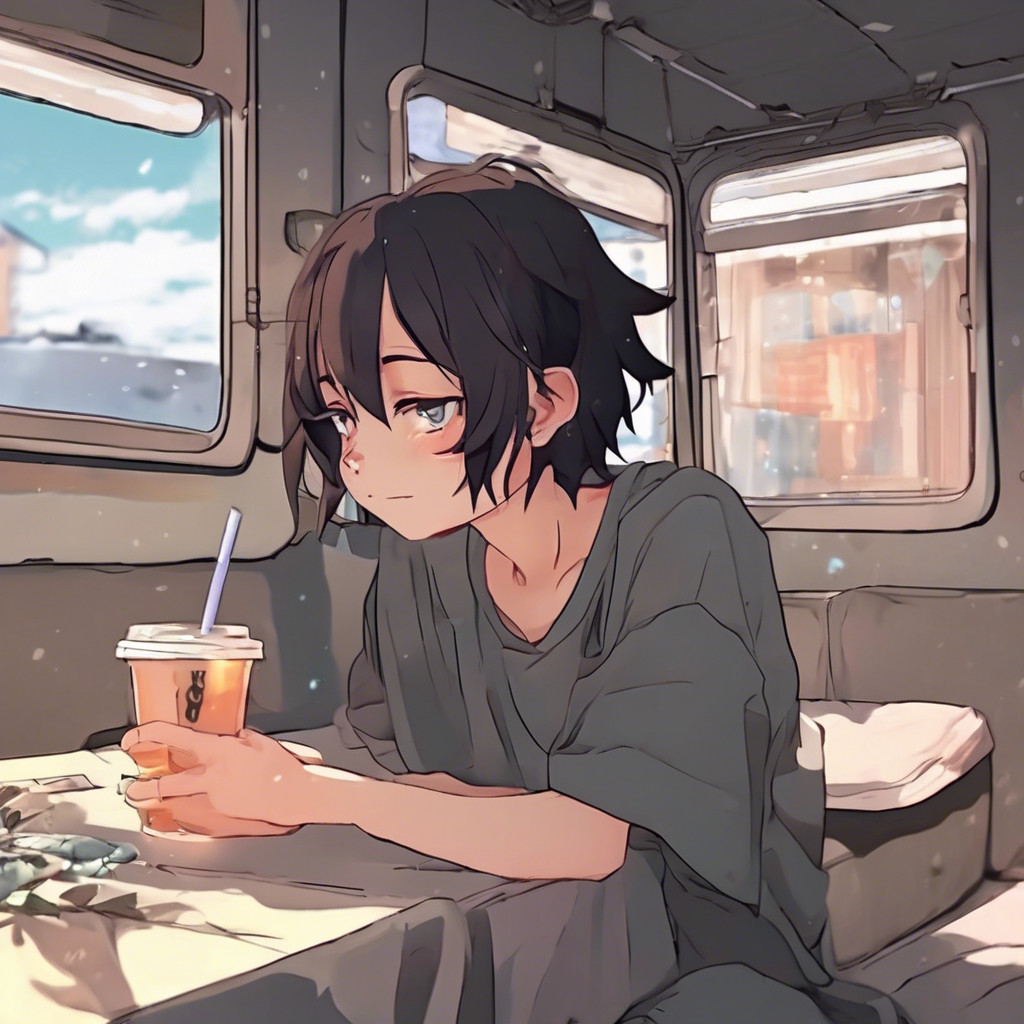
AI doesn't deal very well with human faces, and the results range from slightly weird to downright scary. Facial symmetry issues pop up a lot, and you'll often see one eye looking more blurry or twisted than the other. The AI goes overboard with emotions in cartoon characters and magnifies expressions too much when it tries to show anger or happiness. Teeth and ears are also big trouble spots - the AI makes teeth look cramped, tiny, or weirdly pointed.
The infamous 'too many fingers' problem
The way AI handles hands has become the biggest giveaway of computer-generated art. These tools create hands with impossible finger arrangements:
1. Nine fingers instead of five
2. Fingers growing right out of palms
3. Multiple thumbs or no thumbs at all
4. Hands fused at the wrists
This happens because AI can't grasp 3D geometry and human anatomy. Hands also look smaller in training images since faces grab most of the attention. The AI models can't learn proper hand structures, even though they know hands should have palms, fingers, and nails.
Text and signage disasters
These image generators don't handle text well at all. They create funny misspellings or complete nonsense when they try to make signs or readable text. The AI stumbles because it can't understand context or interpret prompts correctly. Keyboards give the AI special trouble - you'll see jagged, weird-shaped keys or even double sets of keys.
Bizarre animal hybrids
Some AI failures mix things up on purpose since animal mashups have become popular for experimentation. Artists can blend land animals with sea creatures or mix birds with mammals. But sometimes the AI gets confused and creates accidental hybrids, like octopi with the wrong number of tentacles or trees that float in mid-air. These odd combinations remind us of mythical creatures but with a modern, digital twist.
Experts think these issues won't last forever as AI gets better with improved training data and 3D modeling.
The Science Behind Hilariously Wrong AI Images
The science behind funny AI image failures offers a captivating look at how these systems process information. A better grasp of these mechanisms helps us understand why AI creates such amusing visual mistakes.
How AI interprets text prompts
AI image generators don't simply "understand" what users want. The system turns your brief prompt into a detailed description. A basic prompt like "generate a banana" expands into a paragraph that describes a "ripe banana with vibrant yellow color and natural curve".
Text-to-image AI uses CLIP to map your prompt into a "joint text-image embedding space." This helps select a rough image that matches your request before refinement. These systems react very differently to subtle language changes—"shady" creates different results than "shadowy" or "sepulchral".
Why AI struggles with human anatomy
AI's notorious hand-rendering problem comes from basic limits in its learning process. These systems can spot elements like fingers and nails, but "they have no understanding of what a hand really is". This creates an interesting parallel to the challenges human painters have faced through centuries.
The biggest problem lies in training data—hands don't appear often enough in learning materials. AI also lacks understanding of three-dimensional space and can't deal very well with perspective, foreshortening, and light physics. Without knowledge of skeletal structure, it creates impossible-looking appendages.
The uncanny valley effect in AI art
Funny AI generated images often trigger what robotics experts call the "uncanny valley"—that weird feeling when something looks almost human but misses the mark. People experience this effect when artificial beings reach about 80-90% human-likeness, making them feel strange.
Scientists have different theories about this response. One suggests our evolution makes us avoid things that might make us sick, so we see imperfections as disease signs. There's another reason that suggests artificial beings make us uneasy by challenging what we think makes humans unique.
These points show why the funniest AI images often include human figures. The AI tries to copy something our brains naturally examine closely, which creates perfect conditions for both humor and unease.
Evolution of AI Image Generators
The AI-generated imagery experience spans decades. It has reshaped the scene from simple computer graphics to today's sophisticated image generators that create photorealistic results.
Early AI art vs. modern capabilities
AI art began in 1973 when Harold Cohen developed AARON, a program that could create black-and-white drawings on its own. This trailblazing system used a symbolic approach to AI art and worked as Cohen's artistic "pupil" rather than an independent creator. We have a long way to go, but we can build on this progress that remained slow until the mid-2010s, when two significant technologies emerged.
Researchers introduced Generative Adversarial Networks (GANs) in 2014. This revolutionized image generation by pitting two neural networks against each other—one created images while the other reviewed them. Google released DeepDream in 2015, which produced dreamlike, psychedelic images that fascinated the public.
Modern AI art shows striking visual quality differences from its early counterparts. Early AI systems created simple, fuzzy blotches of color and indistinct shapes. Today's models generate intricate, photorealistic imagery. Midjourney's progress shows this rapid advancement—from v2's vague, impressionistic results to v6's stunning, detailed outputs that are "qualified for professional applications in most cases."
How each generation gets funnier (or less funny)
AI capabilities have improved, and their failures have changed in ways that show both progress and lasting limitations. Early AI art failures were obvious—primitive attempts barely resembled their intended subjects. Modern AI now fails in more sophisticated, often hilarious ways:
Midjourney v2 (2022) produced simple compositions with dreamlike, impressionistic qualities
Midjourney v5 (2023) generated hyper-detailed images with believable textures but still made anatomical errors.
Midjourney v6 (2024) creates near-photorealistic images with accurate textures and lighting, yet doesn't deal very well with text generation and spatial layouts
AI images have become more convincing, yet their mistakes are more subtle and often more amusing. Early AI art's shortcomings were expected. Now, seeing a nearly perfect image with six-fingered hands or impossibly arranged room furniture creates a stronger comedic effect because of the contrast between photorealism and obvious errors.
This progress reflects what one user noted after comparing AI images from 2022 and 2024: "I still remember the hyperactive reactions, if not ecstasy, of the world toward AI Generative Images in the Summer of 2022. Now, when I see the vintage images done by v2 in 2022, I can't help but wonder why."
Internet's Favorite AI Image Categories
Social media platforms now overflow with AI-generated content. The internet has fallen in love with several types of hilarious images that show what AI can do - and where it hilariously fails.
Absurd scenarios and competitions
People on social media have turned AI's weird outputs into a fun competition. Twitter users push AI to create ever more bizarre transformations. A perfect example came from Garrett Scott McCurrach's viral "silly goose" challenge. He asked ChatGPT to make a goose "a little sillier" after every 10 likes. The sixth version showed a normal goose that grew multiple eyeballs, wore roller skates, and drifted through psychedelic space with brass instruments and planets.
The trend caught on quickly. Users started creating puppies that became "so incredibly happy" they melted into cosmic kaleidoscopes. Nuclear energy fans split into dozens of amazed clones. Chess pawns got "supernatural strength and frightening sentience." Eliezer Yudkowsky found something interesting - asking for "terrifying normality" made AI create increasingly blank images, which seems to be AI's way of showing extreme ordinariness.
Celebrity mashups gone wrong
AI portrait generators create some of their funniest work with celebrity faces. These tools tend to magnify distinctive features into wild caricatures. Jimmy Fallon's enthusiastic smile becomes a "crazy, almost manic grin." Tom Cruise ends up with Nicolas Cage's "eccentric eyebrow acrobatics."
GANbreeder and Artbreeder let users mix celebrity faces together. The results are wild - "Harrison Ford with Jimmy Fallon's grin" or "Jennifer Aniston and Robert Downey Jr." These strange combinations reveal unexpected similarities between different faces. You'll see Brad Pitt-Betty White portraits that highlight their similar blue eyes, or Clooney-Goldberg blends that look "awkwardly convincing."
Everyday objects with disturbing features
AI turns regular items into unsettling masterpieces. People keep asking AI to add unexpected elements to familiar objects. This creates toasters with robot parts, pianos with animal faces, and teapots that work as submarines.
Food combinations get really weird too. The AI creates pizza topped with ice cream, sushi rolls stuffed with burger patties, and tacos filled with ice cream. These food nightmares show how AI goes for extreme combinations when given creative freedom. The internet loves how AI generates "bizarre shapes and forms that defy traditional art styles," creating its own unique look that keeps online communities entertained.
Conclusion
AI-generated images create a perfect blend of tech innovation and accidental humor. These systems keep getting better faster, but their funny mistakes show that AI doesn't really grasp how human bodies work, how things fit together, or simple physics.
These digital blunders make us laugh and teach us something new. We learn about AI's current limits from every weird hand, mixed-up animal combo, or room that just looks wrong. The rise from early basic attempts to today's more sophisticated failures shows we have a long way to go, but we can build on this progress.
Of course, people on social media will discover new ways to test these AI image generators, which leads to more ridiculous scenes and fun combinations. But these failures might become less common as the tech gets better. This makes right now special in tech history - a time when AI creates art that not only makes us laugh but also shows us how much progress we've made and what challenges lie ahead.
FAQs
Q1. What are some common funny AI image generation fails?
Common AI image fails include distorted human faces, hands with too many fingers, bizarre animal hybrids, and text rendering errors. These mistakes often result from AI's lack of understanding of human anatomy and three-dimensional space.
Q2. Why do AI-generated images sometimes look creepy or unsettling?
AI-generated images can trigger the "uncanny valley" effect when they appear almost human but not quite right. This psychological phenomenon occurs when artificial entities reach about 80-90% human-likeness, making them distinctly unsettling to viewers.
Q3. How has AI image generation evolved over time?
AI image generation has progressed from primitive computer graphics in the 1970s to today's sophisticated systems capable of photorealistic results. Modern AI can create intricate, detailed imagery, though it still struggles with certain aspects like human anatomy and spatial relationships.
Q4. What are some popular categories of funny AI-generated images on the internet? Popular categories include absurd scenarios and competitions (like making objects progressively sillier), celebrity mashups gone wrong, and everyday objects with disturbing features. These often showcase both the capabilities and limitations of current AI systems.
Q5. Is it legal to use AI-generated images?
The legality of using AI-generated images is complex. While AI itself cannot hold copyright, images may be protected if there's significant human input. Using AI-generated content that incorporates copyrighted material without authorization could be considered infringement. It's important to consider both legal and ethical implications when using AI-generated images.



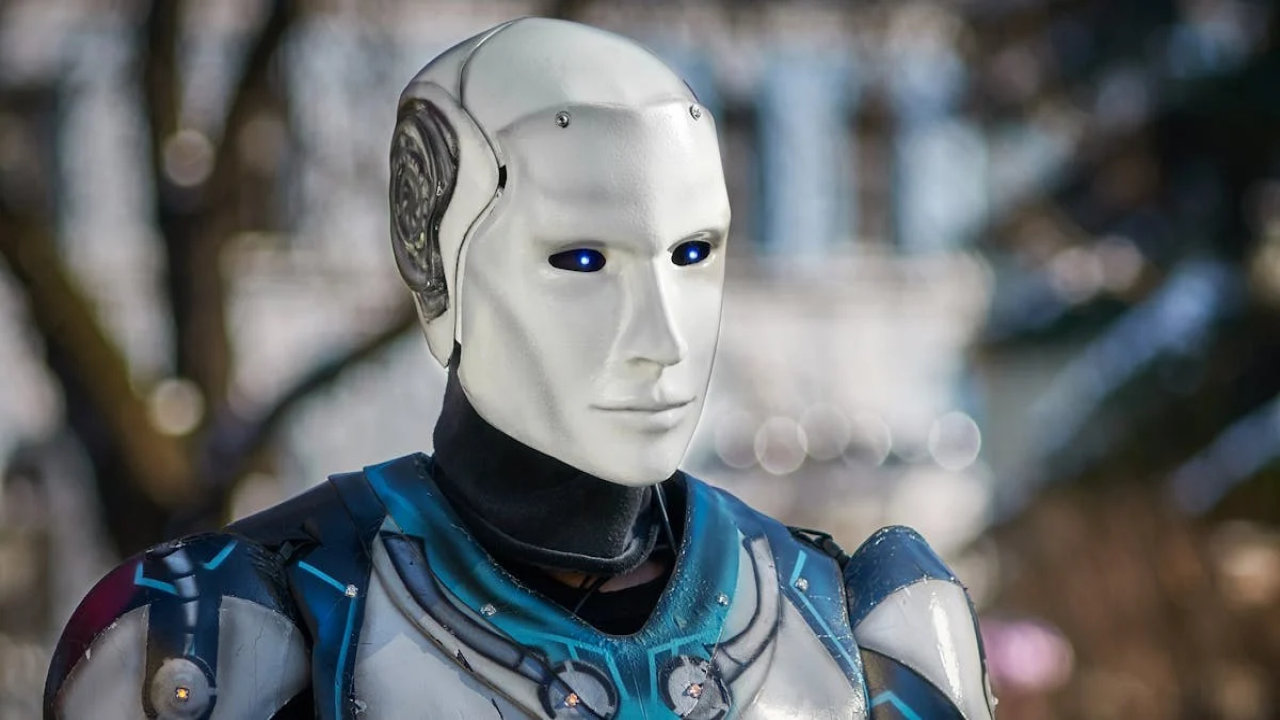
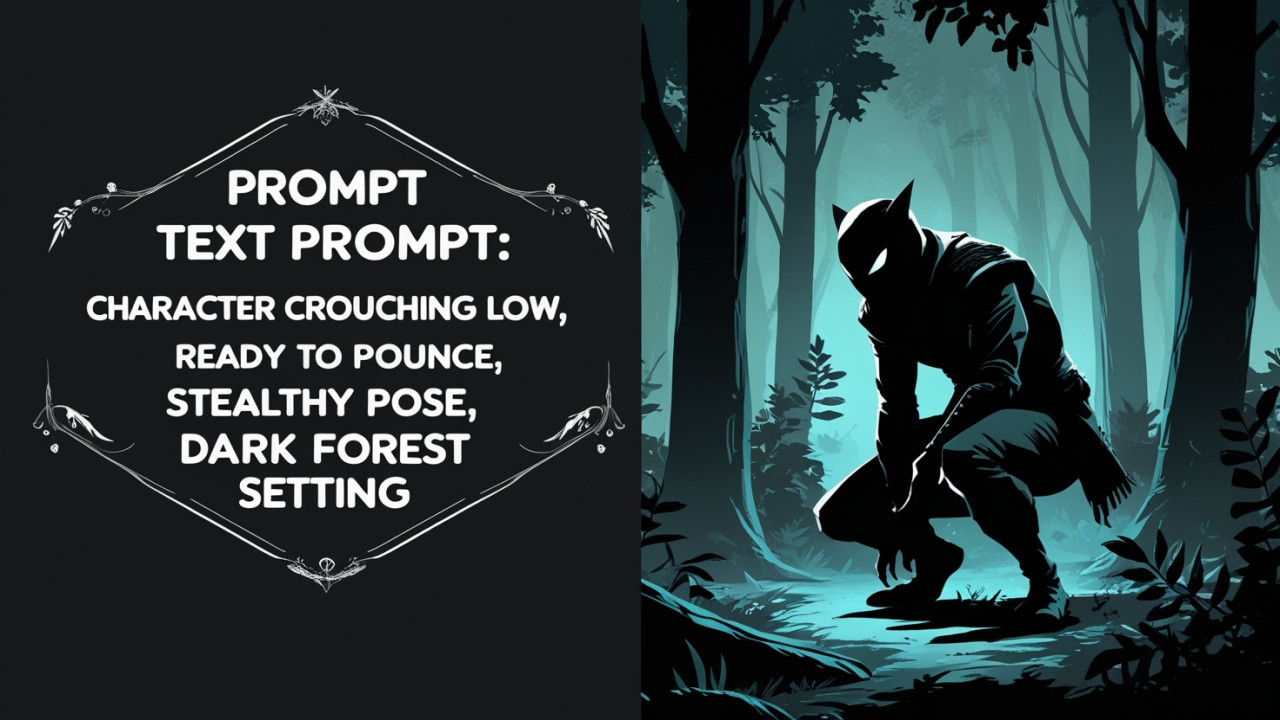
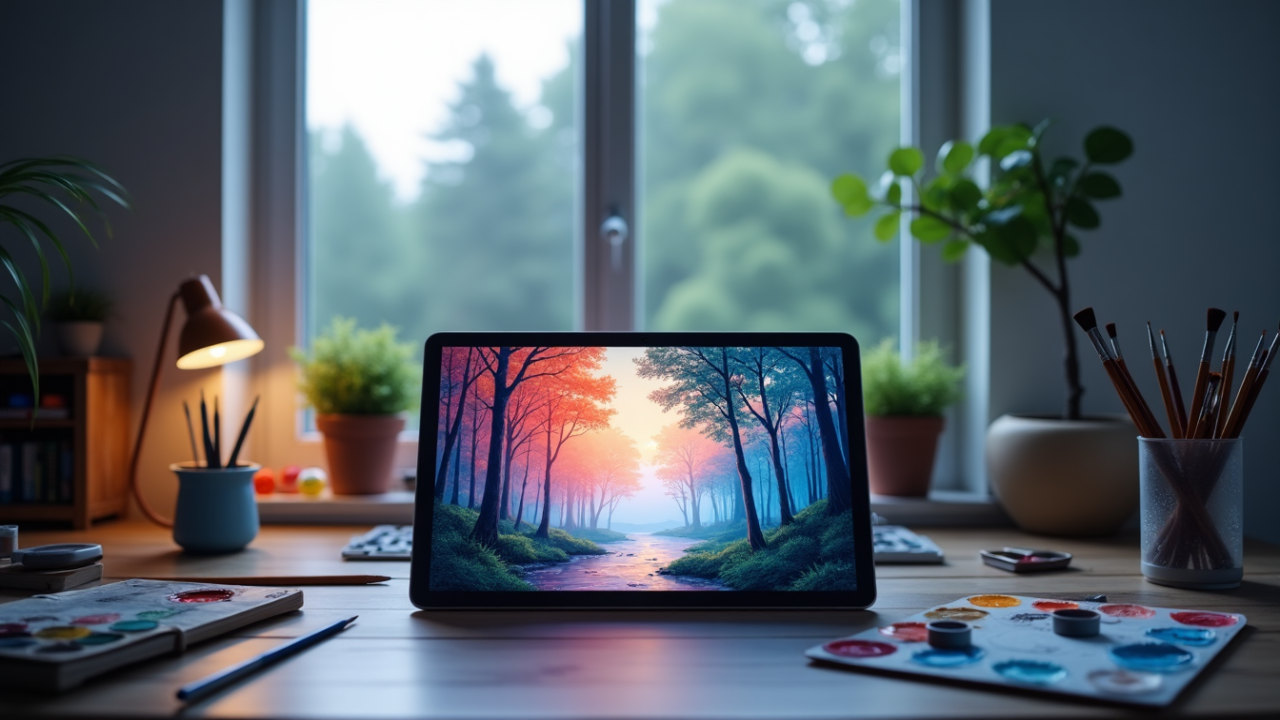
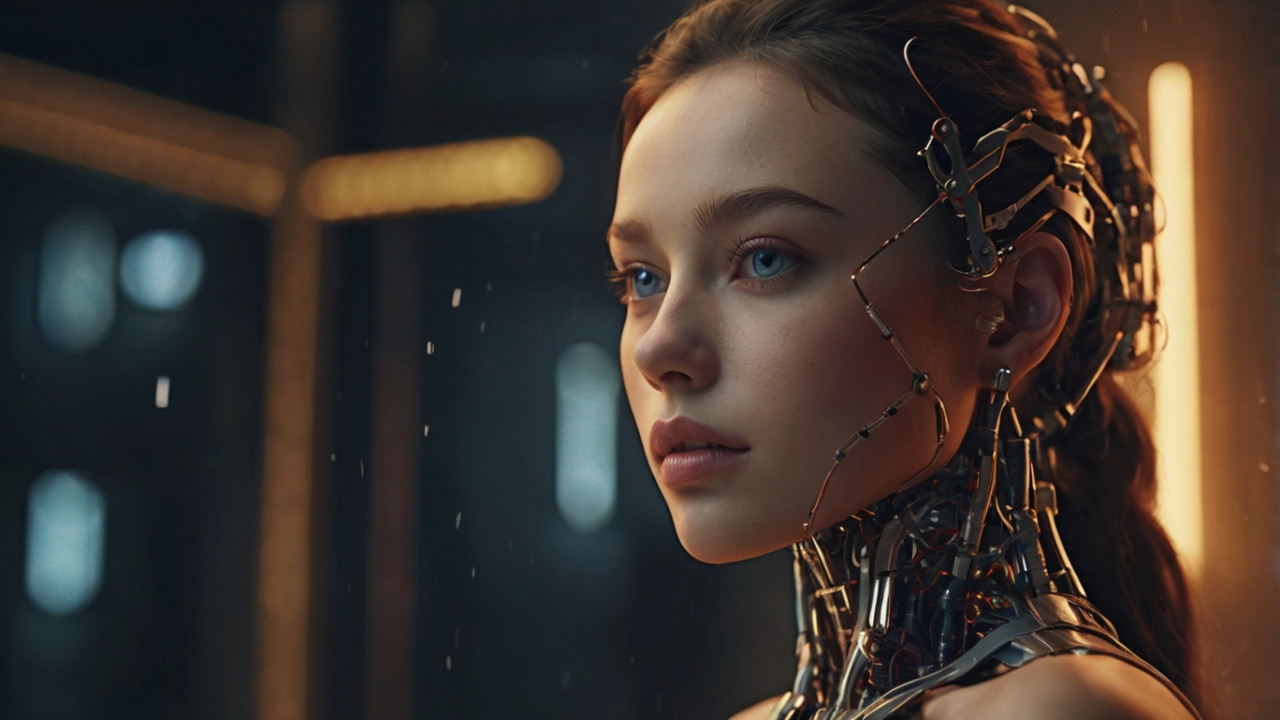
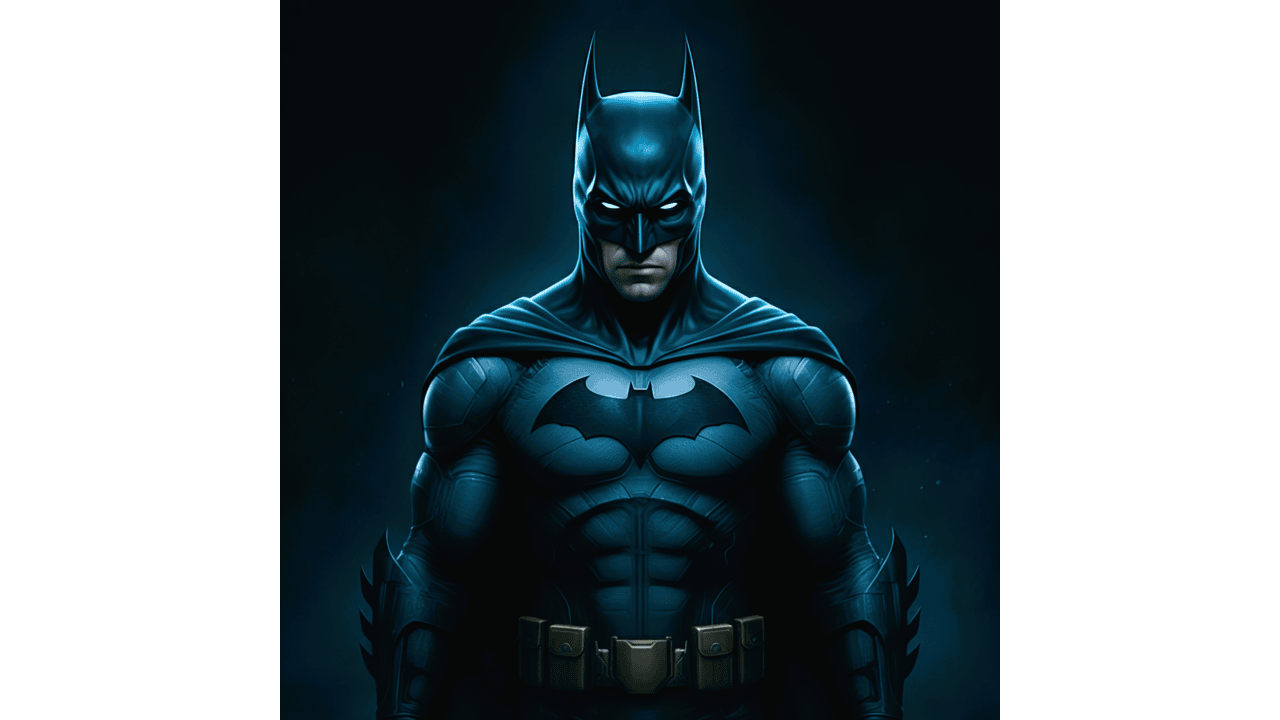
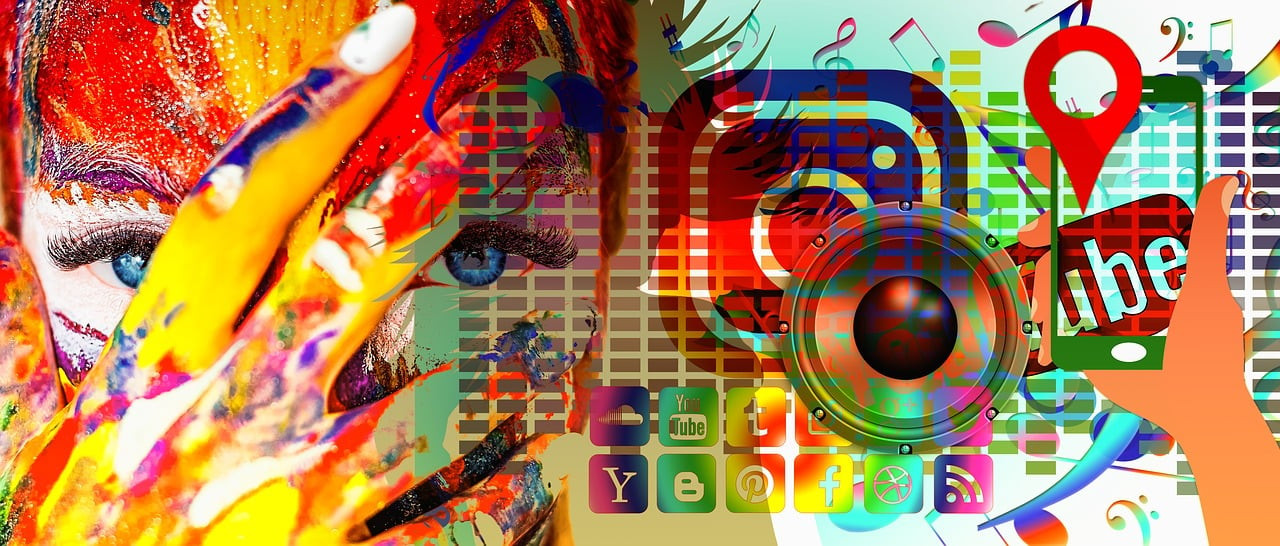
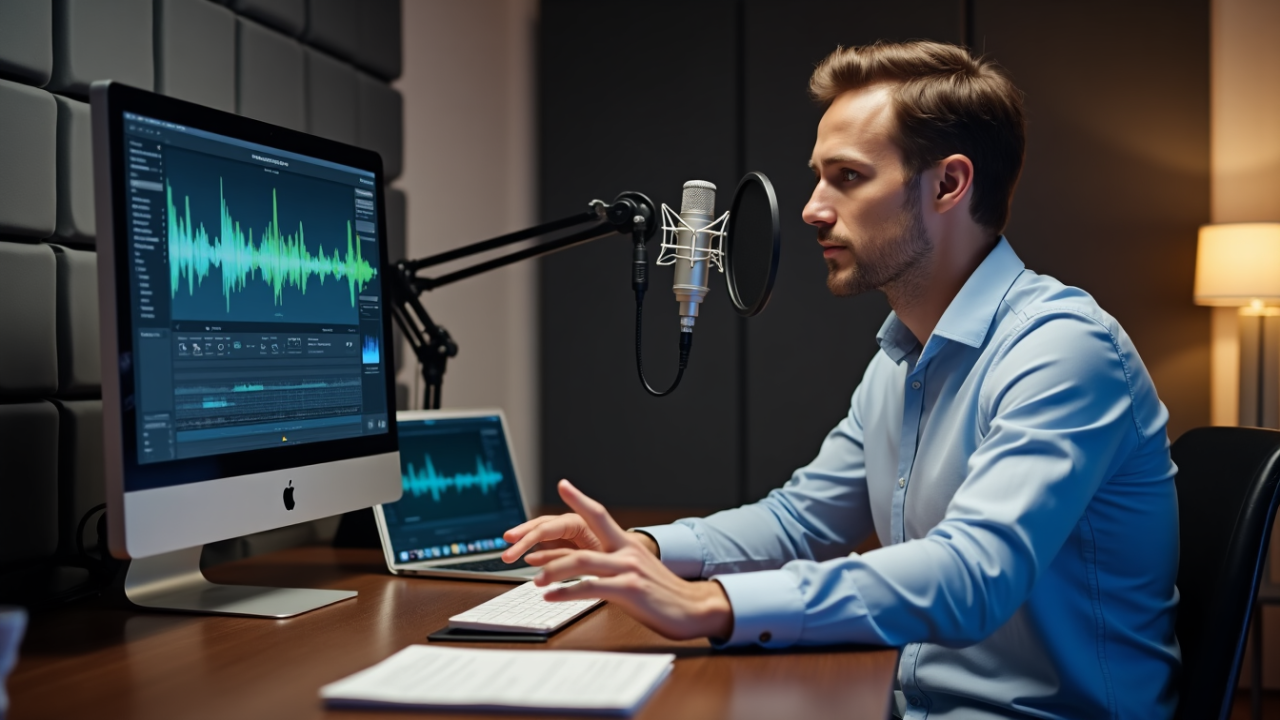
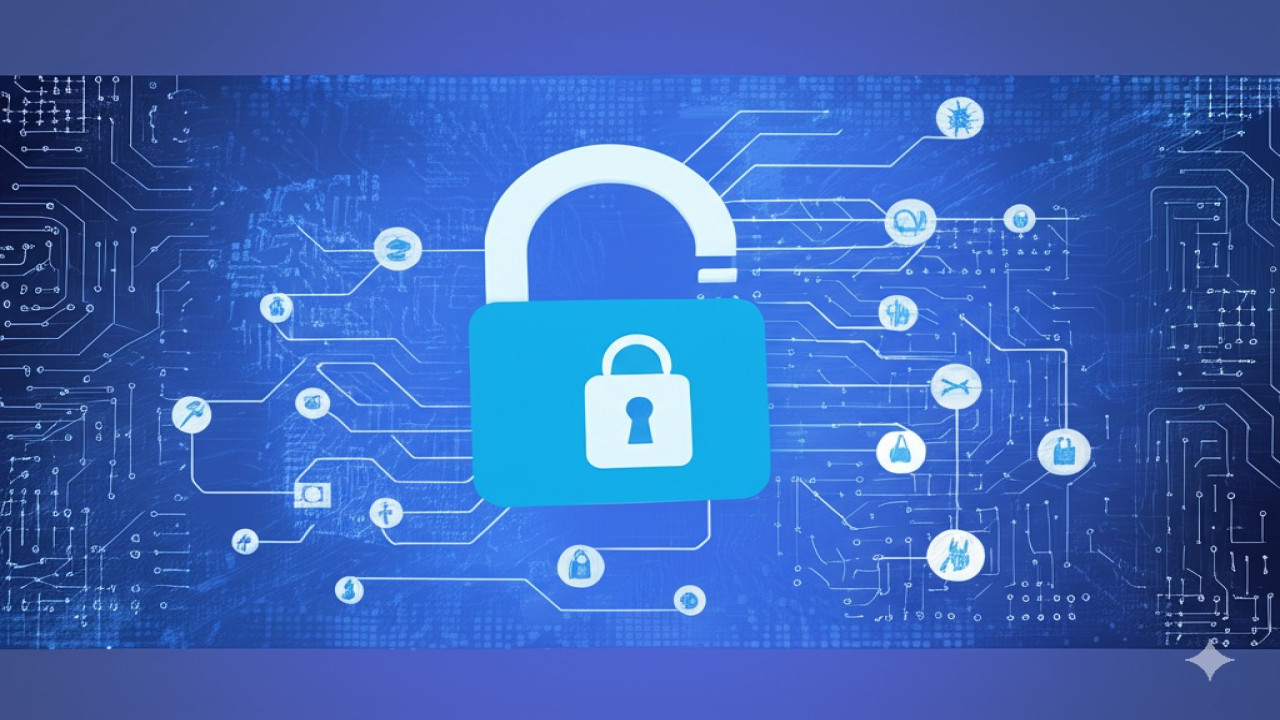
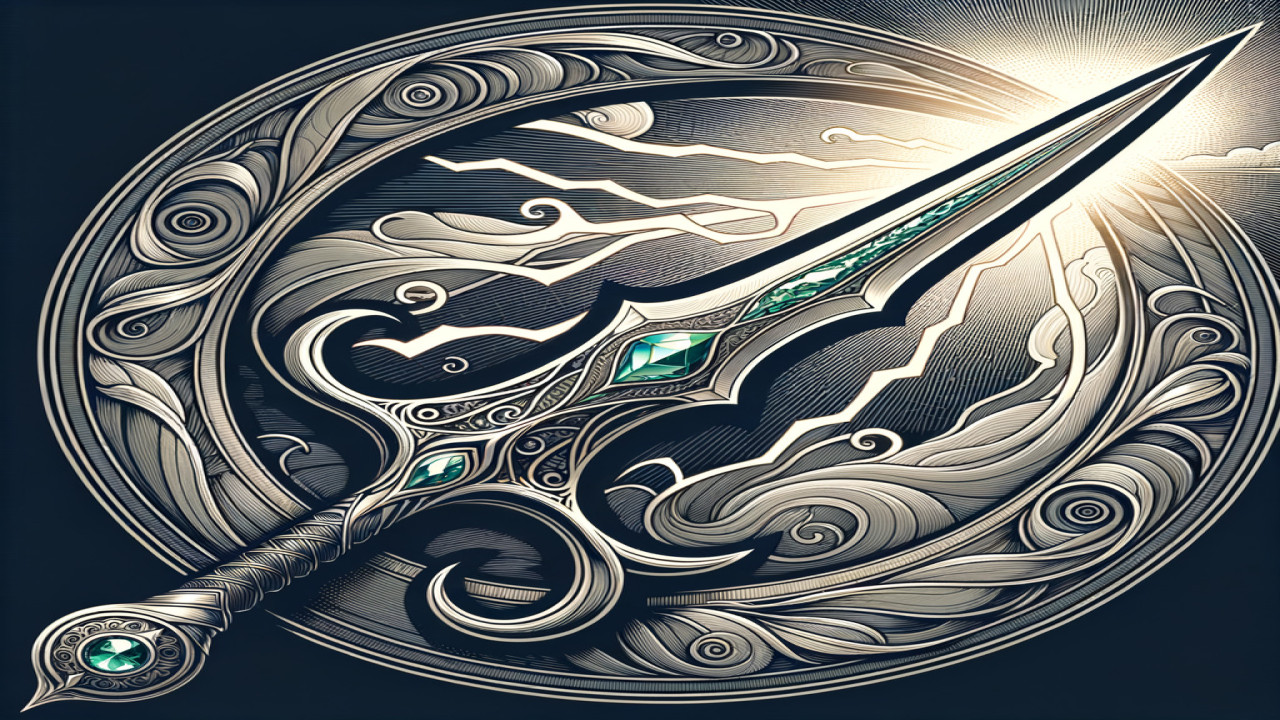
Comments (0)
No comments found